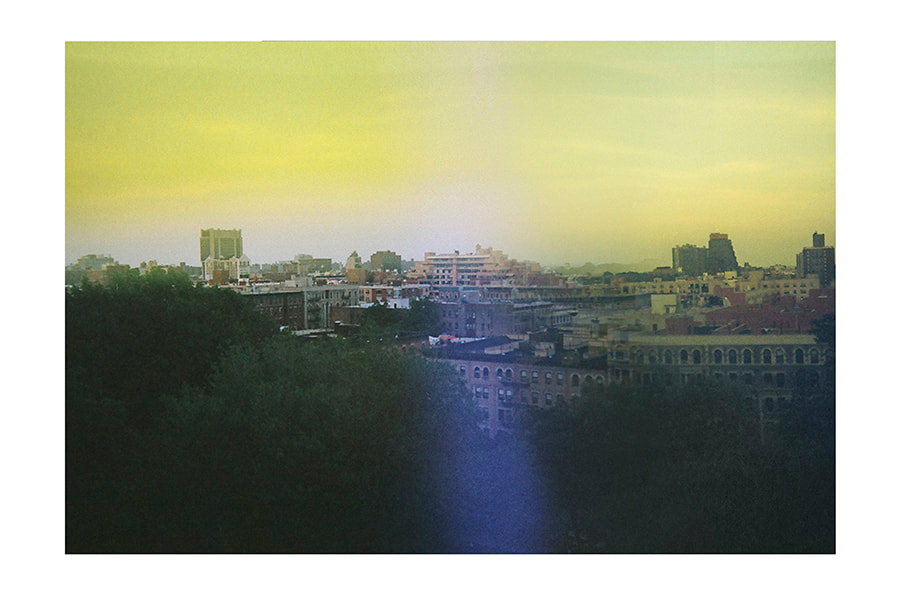An Affection for Life
Katie Huisman
May 19th - June 11th, 2016
Aesthetics are coded within us. We didn’t invent our way of seeing or decide the aesthetic choices we make, it is learned and retained in our subconscious. What we dertermine to be beautiful doesn’t come from philosophical speculation but rather the brain responding to visual stimulation. Modern neuroaesthetics is discovering that responses are hardwired to visual stimuli and “that these responses are objective” (source: The Social Pathologist, socialpathology.blogspot.ca).
Photography allows us to respond to form and exercise aestheticism in a very immediate way. This response or action to form has become an urge in human psyche that did not always exist.
Robert Adams describes the word paradise - Persian word meaning “a walled enclosure” - as perhaps the best possible synopsis of what a photographer sees through the finder of his camera just before he releases the shutter.
Adams also stated that the real use of art is to affirm meaning and thus "to keep intact an affection for life" (source: Beauty in Photography, Robert Adams.)
To photograph is to show affection or dis affection. Photography allows us to aestheticize and objectify every aspect of life, it gives us a feeling of understanding and acknowledgement for all which we engage.

